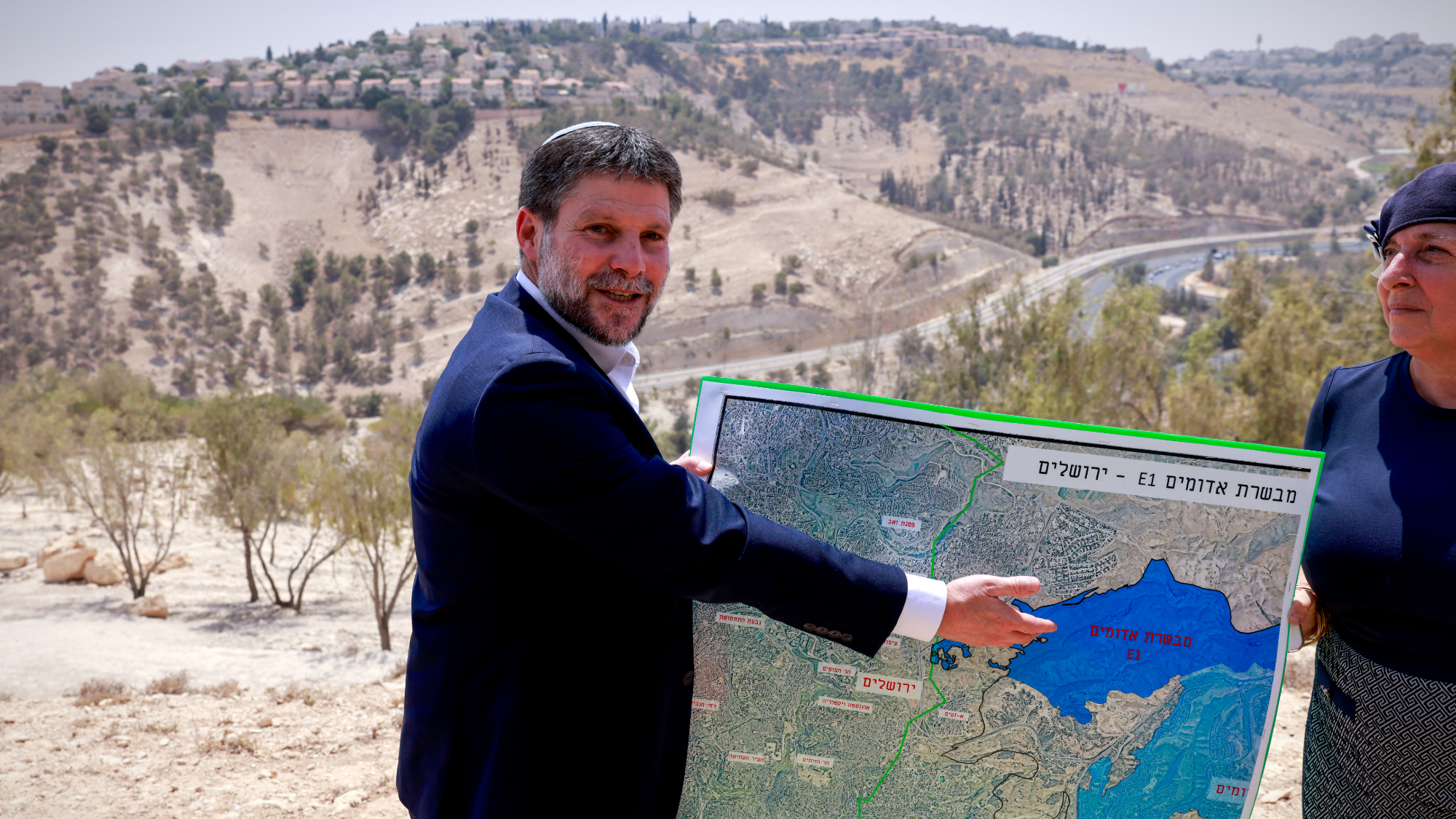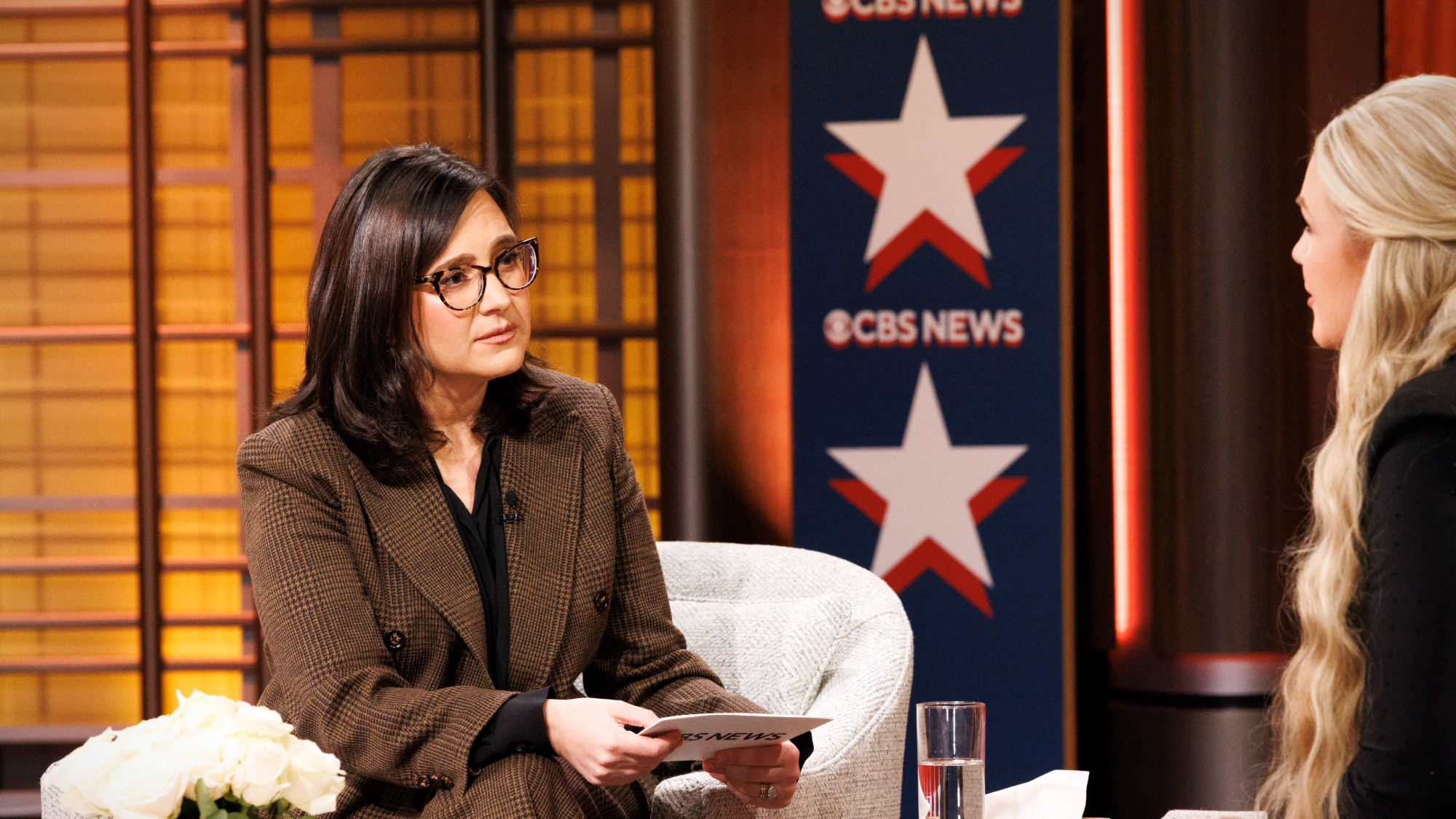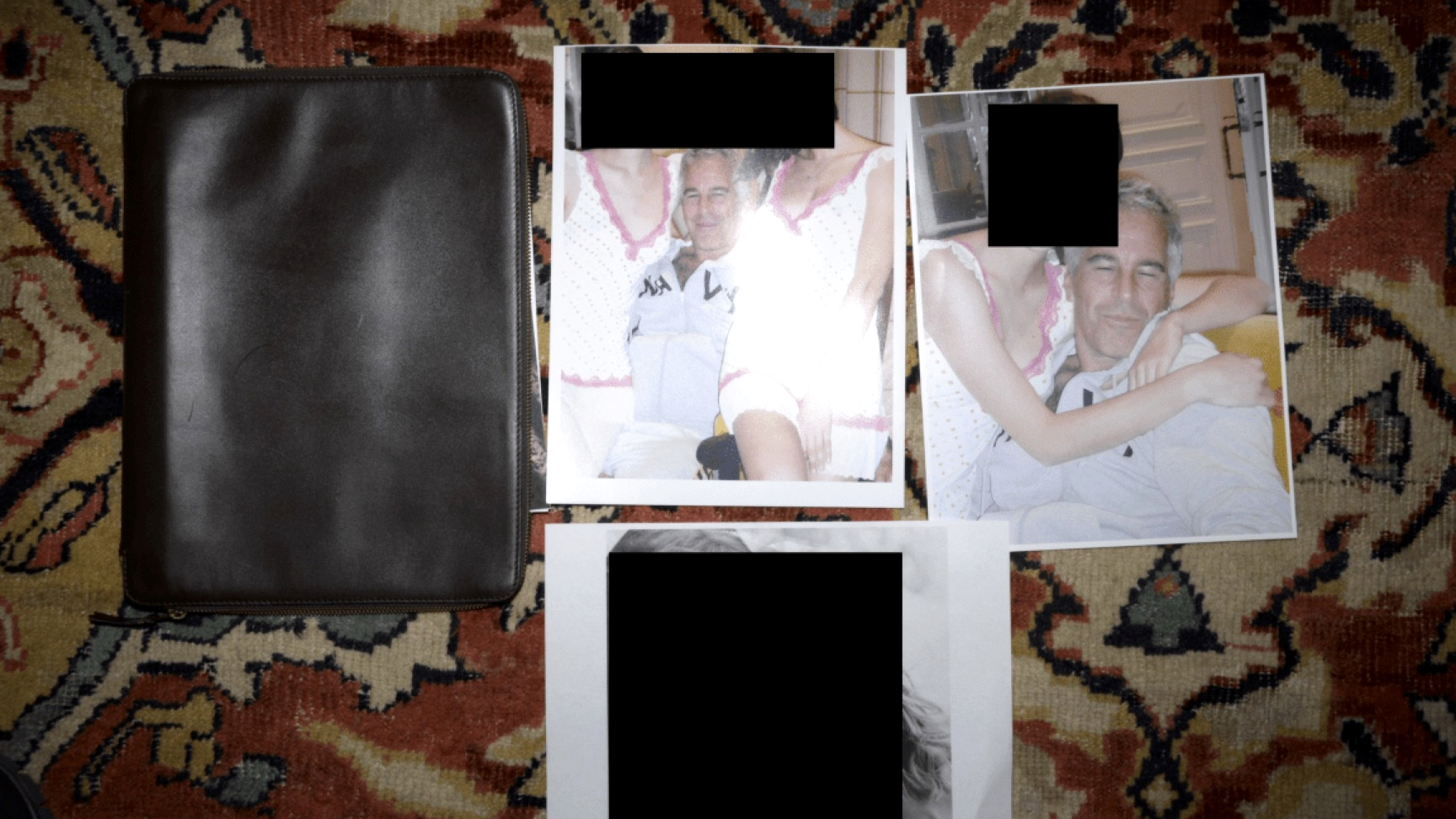Also of interest...in the lives of artists
Alice Neel by Phoebe Hoban; Modigliani: A Life by Meryle Secrest; The H.D. Book by Robert Duncan; Art and Madness by Anne Roiphe
Alice Neel
by Phoebe Hoban
(St. Martin’s, $35)
The Week
Escape your echo chamber. Get the facts behind the news, plus analysis from multiple perspectives.

Sign up for The Week's Free Newsletters
From our morning news briefing to a weekly Good News Newsletter, get the best of The Week delivered directly to your inbox.
From our morning news briefing to a weekly Good News Newsletter, get the best of The Week delivered directly to your inbox.
This first full-length biography of the painter Alice Neel “methodically” documents an outrageous life, said Jonathan Lopez in The Boston Globe. Neel, best known for caricature-like but “psychologically rich” portraits of art-world heavyweights, lived a tragedy-filled life as a single mother in New York. Author Phoebe Hoban dug deeply to bring us the details, letting us glimpse how Neel thrived on melodrama. But her heavy reliance on others’ words “makes for a somewhat flat” read.
Modigliani: A Life
by Meryle Secrest
(Knopf, $35)
A free daily email with the biggest news stories of the day – and the best features from TheWeek.com
“Since his death at 35 of tubercular meningitis,” Amedeo Modigliani has assumed “a mythic stature, but not for his art,” said Ann Levin in the Associated Press. For biographer Meryle Secrest, Modigliani’s reputation as a “drunken, drug-addicted, womanizing” debaucher in fin de siècle Paris has for too long overshadowed the merits of his “swan-neck” portraits and nudes. “Although Secrest doesn’t stint on lurid details of Modigliani’s life, she argues persuasively that he was a true visionary.”
The H.D. Book
by Robert Duncan
(Univ. of Calif., $50)
Robert Duncan’s literary homage to the poet H.D. (née Hilda Doolittle) is a “wild, dazzling, idiosyncratic magnum opus,” said Jed Perl in The New Republic. Completed in 1964 but recently published in its complete form for the first time, the book captures the essence of H.D.’s sensual poetry and the effect it had on Duncan, who considered her a muse. A project that “began as a brief birthday homage” turned “into one of the greatest of all meditations on the nature of the modern artistic imagination.”
Art and Madness
by Anne Roiphe
(Nan A. Talese, $25)
Septuagenarian writer Anne Roiphe still hasn’t fully grown up, said Joyce Johnson in The New York Times. In this memoir about her self-damaging attempts to play muse to more than one bad-boy writer of the 1960s, she still blames her choices on her first husband’s great talent and her own existential despair. Perhaps this book’s “one truly stunning moment” is when she asks, “Was I myself an abyss? Or was I an imposter abyss?” That “line of inquiry” would have been worth pursuing.
-
 Israel approves new West Bank settlements
Israel approves new West Bank settlementsSpeed Read The ‘Israeli onslaught has all but vanquished a free Palestinian existence in the West Bank’
-
 CBS pulls ‘60 Minutes’ report on Trump deportees
CBS pulls ‘60 Minutes’ report on Trump deporteesSpeed Read An investigation into the deportations of Venezuelan migrants to El Salvador’s notorious prison was scrapped
-
 Trump administration posts sliver of Epstein files
Trump administration posts sliver of Epstein filesSpeed Read Many of the Justice Department documents were heavily redacted, though new photos of both Donald Trump and Bill Clinton emerged
-
Also of interest...in picture books for grown-ups
feature How About Never—Is Never Good for You?; The Undertaking of Lily Chen; Meanwhile, in San Francisco; The Portlandia Activity Book
-
Author of the week: Karen Russell
feature Karen Russell could use a rest.
-
The Double Life of Paul de Man by Evelyn Barish
feature Evelyn Barish “has an amazing tale to tell” about the Belgian-born intellectual who enthralled a generation of students and academic colleagues.
-
Book of the week: Flash Boys: A Wall Street Revolt by Michael Lewis
feature Michael Lewis's description of how high-frequency traders use lightning-fast computers to their advantage is “guaranteed to make blood boil.”
-
Also of interest...in creative rebellion
feature A Man Called Destruction; Rebel Music; American Fun; The Scarlet Sisters
-
Author of the week: Susanna Kaysen
feature For a famous memoirist, Susanna Kaysen is highly ambivalent about sharing details about her life.
-
You Must Remember This: Life and Style in Hollywood’s Golden Age by Robert Wagner
feature Robert Wagner “seems to have known anybody who was anybody in Hollywood.”
-
Book of the week: Astoria: John Jacob Astor and Thomas Jefferson’s Lost Pacific Empire by Peter Stark
feature The tale of Astoria’s rise and fall turns out to be “as exciting as anything in American history.”